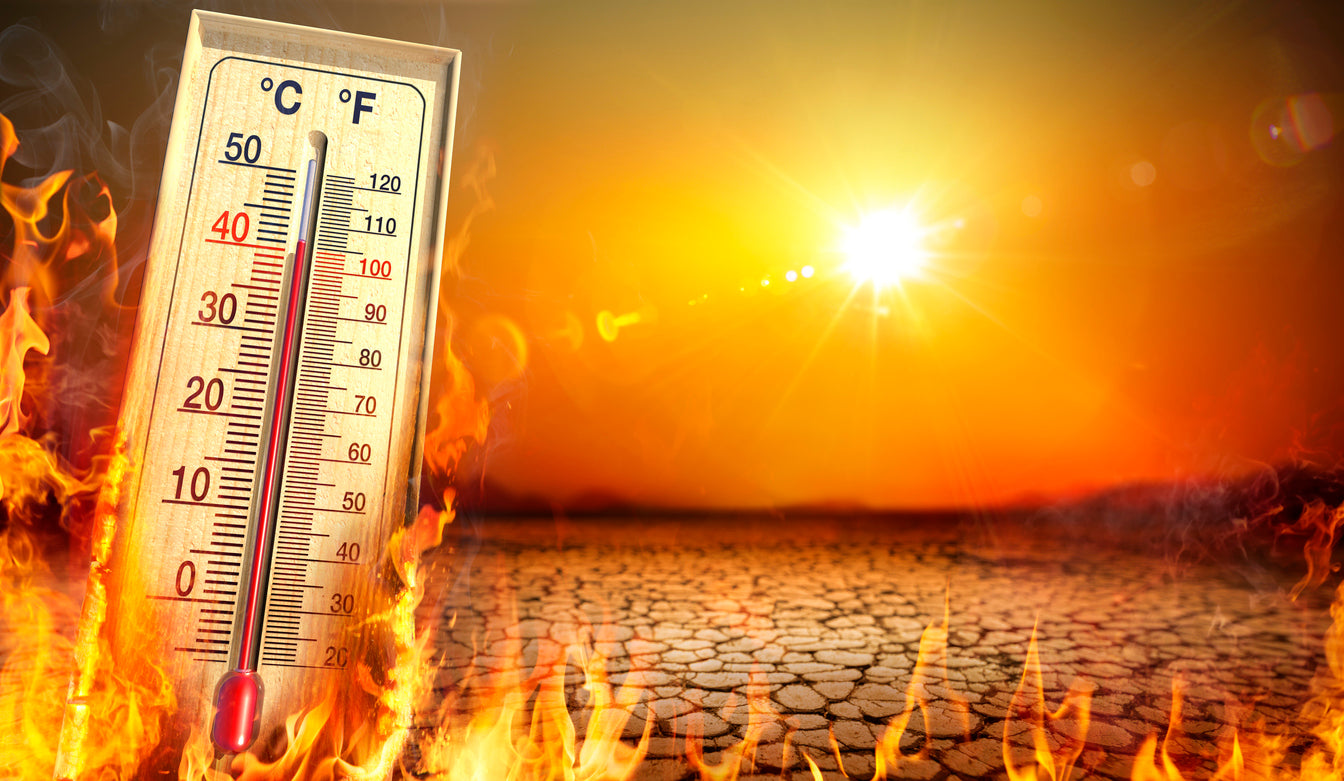In July 2024, Death Valley, known for its scorching temperatures, made headlines once again as it recorded a new daily high of 128 degrees Fahrenheit. This event underscored the severity of the ongoing heat wave gripping the West Coast of the United States, highlighting the region's vulnerability to extreme weather conditions.
Introduction
Death Valley, located in Eastern California's Mojave Desert, is renowned for its extreme heat and arid conditions. On July 4, 2024, the valley reached a staggering 128 degrees Fahrenheit, breaking previous temperature records and drawing attention to the impacts of climate change on weather patterns.
What Happened in Death Valley?
The new daily temperature record of 128 degrees Fahrenheit in Death Valley surpassed previous highs, marking it as one of the hottest days recorded in the region's history. This event not only set a new benchmark for temperature extremes but also posed significant challenges to residents, wildlife, and infrastructure in the area.
Understanding the West Coast Heat Wave
The heat wave affecting the West Coast has been attributed to several meteorological factors, including persistent high-pressure systems and atmospheric circulation patterns. Such conditions have led to prolonged periods of intense heat, exacerbating the already arid climate of Death Valley.
Climate and Geography of Death Valley
Death Valley's unique geography and topography contribute to its extreme temperatures. Situated below sea level and surrounded by mountain ranges, the valley traps heat and restricts airflow, creating a natural oven effect that intensifies during heat waves.
Meteorological Factors Leading to the Record Temperature
On the day of the record, meteorologists observed a combination of factors contributing to the extreme heat in Death Valley. High-pressure systems, coupled with clear skies and low humidity, created ideal conditions for temperatures to soar well above normal levels.
Human Impact and Response
Local authorities and communities implemented heat emergency plans to protect vulnerable populations during the extreme heat event. Measures such as cooling centers, hydration stations, and outreach programs aimed to mitigate health risks associated with prolonged exposure to high temperatures.
Ecological Consequences
The extreme heat in Death Valley posed challenges to its unique ecosystem, where plants and animals have adapted to survive in harsh desert conditions. Wildlife faced dehydration and heat stress, while native plants endured the stress of intense sunlight and limited water availability.
Historical Context of Extreme Temperatures
Throughout its history, Death Valley has experienced periodic heat waves, each setting new records for temperature extremes. Over the past century, temperature data has shown a trend towards increasing heat events, reflecting broader climate change impacts on regional weather patterns.
Challenges in Temperature Measurement
Measuring temperatures accurately in Death Valley presents logistical challenges due to its remote location and extreme conditions. Advanced technologies, including automated weather stations and satellite imagery, have improved the reliability of temperature data collection over time.
Public Awareness and Media Coverage
The record-breaking temperature event in Death Valley garnered widespread media attention, highlighting the significance of climate change and heat waves in public discourse. Media coverage raised awareness about the impacts of extreme temperatures on communities and ecosystems.
Government and Policy Responses
Federal and state agencies have developed policies and initiatives to enhance climate resilience and preparedness in regions vulnerable to heat waves. Investments in infrastructure, emergency response planning, and climate adaptation strategies aim to reduce risks associated with extreme heat events.
Scientific Research and Future Predictions
Ongoing scientific research plays a crucial role in understanding climate variability and predicting future heat waves in Death Valley and beyond. Climate models suggest that rising global temperatures will likely intensify heat extremes, emphasizing the need for proactive climate action.
Community Voices and Personal Experiences
Residents and visitors in Death Valley shared their personal experiences of enduring extreme temperatures, illustrating the human impact of heat waves on daily life. Their stories underscored the resilience of communities facing climate challenges in desert environments.
Conclusion
The record-setting temperature in Death Valley serves as a stark reminder of the growing influence of climate change on weather extremes. As temperatures continue to rise, the need for sustainable practices and climate adaptation strategies becomes increasingly urgent to protect vulnerable communities and ecosystems.

